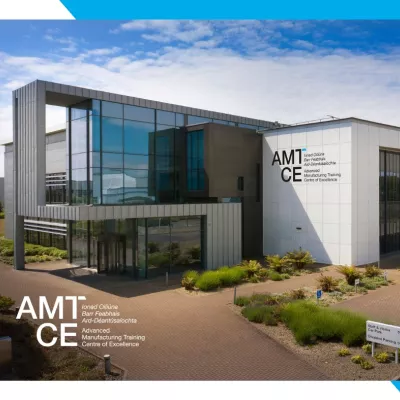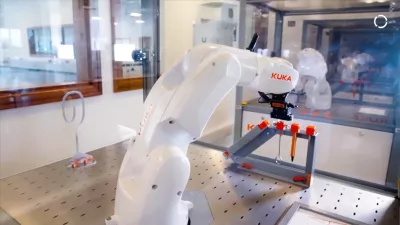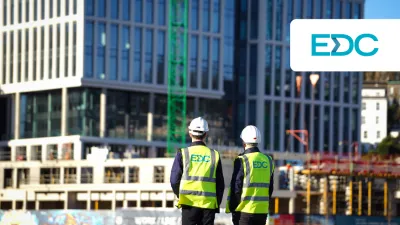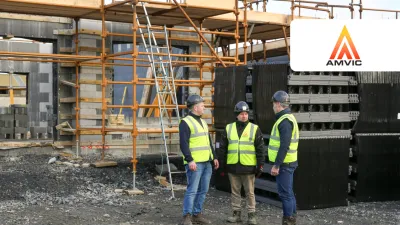Training Collaboration Boosts 3D Concrete Printing Innovation
Harcourt Technologies Ltd (HTL) has been involved in construction development and 3D additive manufacturing for more than two decades.

The company’s latest success may just be its crowning achievement: a brand-new, high-quality housing development in Dundalk, Co. Louth, built with layer after layer of printed concrete. The project took just 18 days with a team of only three to four onsite.
Jandré Oosthuizen, Director of Materials & 3DCP Operations for HTL.tech, explains that the 3D printer is brought after the foundations are cast and set up within two days. The printing itself takes around 12 working days, with another few days needed to dismantle the machine and add placing joists and scaffolding rises. That makes it around 30% faster and 50-60% more labour efficient than more traditional block construction.
This is the first UK or Irish development comprised solely of 3D-printed homes, and points to a new direction for the type of training needed in the construction sector.

With this in mind, HTL.tech have been providing training in 3D construction printing through the Advanced Manufacturing Training Centre of Excellence (AMTCE), an initiative of the Louth & Meath Education and Training Board (LMETB). This training, despite what many expect, is not very complex. In fact, 3D printing is not a practice that requires extensive study.
People need to know about this and be trained on it. If you have been working in traditional construction, any knowledge you have will fit very well into this. It’s just about reskilling into a different market. We can train someone up in a couple of months; it’s not as daunting as it sounds.
Director of Materials & 3DCP Operations at HTL
The AMTCE supports people reskilling and upskilling in digital technologies and MMC, helping them to transition into new careers in advanced manufacturing and building. The Centre also gives companies access to manufacturing and fabrication equipment, pilot line training facilities, and prototyping for new products. This includes:
- 18 Robotic Education Cells
- 60 CAD Stations
- 4 ‘Cobot’ Cells
- 7 Robotic Welding Cells
Martin O’Brien, Chief Executive of the LMETB, says the AMTCE is bridging the gap between traditional manufacturing and newer technologies, expanding MMC training to ‘ensure Ireland’s workforce can meet the challenges of tomorrow’s industries.’
“By combining relevant training, hands-on experience, and global connections, we are equipping the next generation of workers with the skills to thrive in an ever-evolving sector. This Centre is more than just a training facility – it is a hub of innovation, collaboration, and opportunity for learners and industry alike.”
Chief Executive of the LMETB


